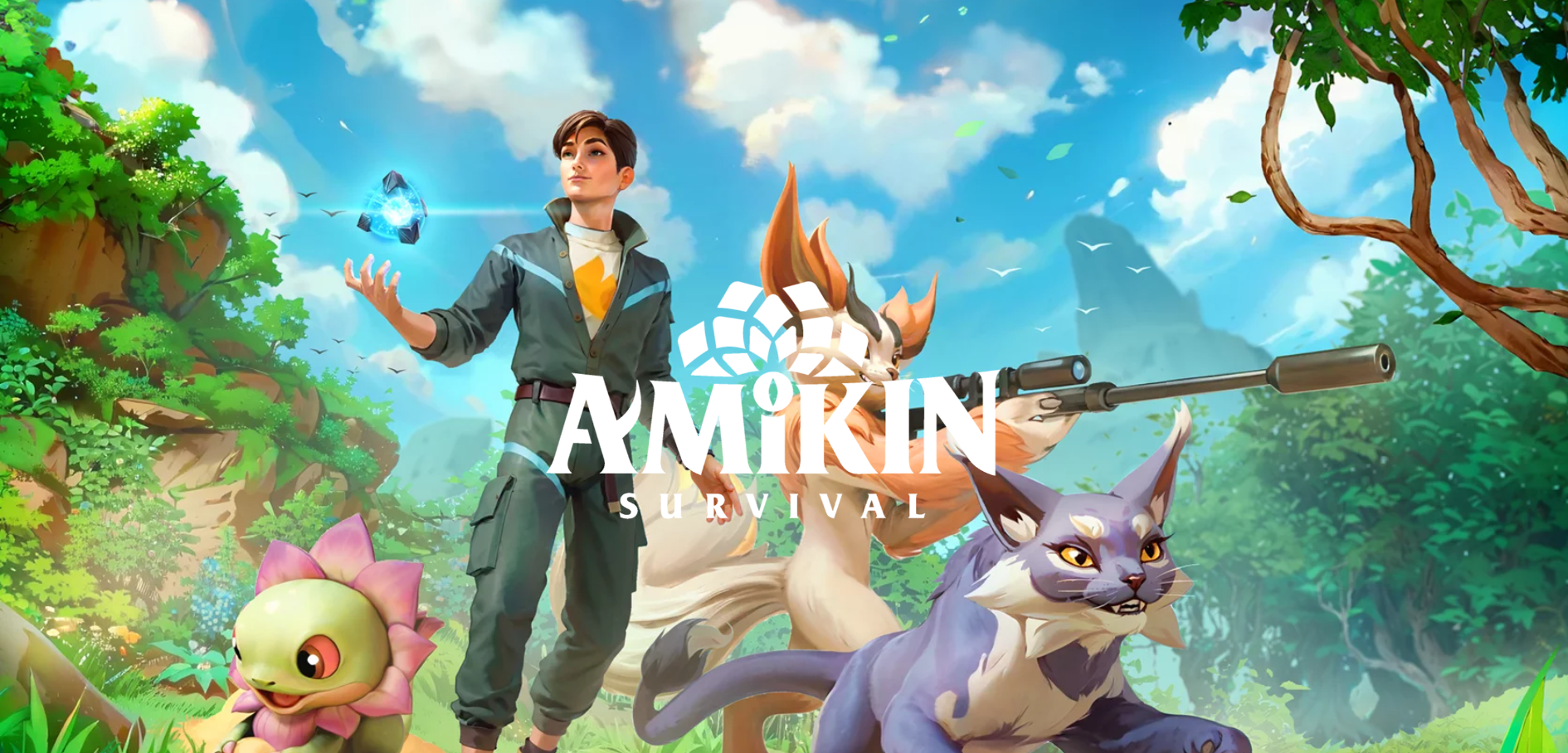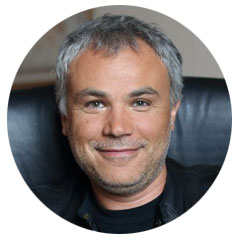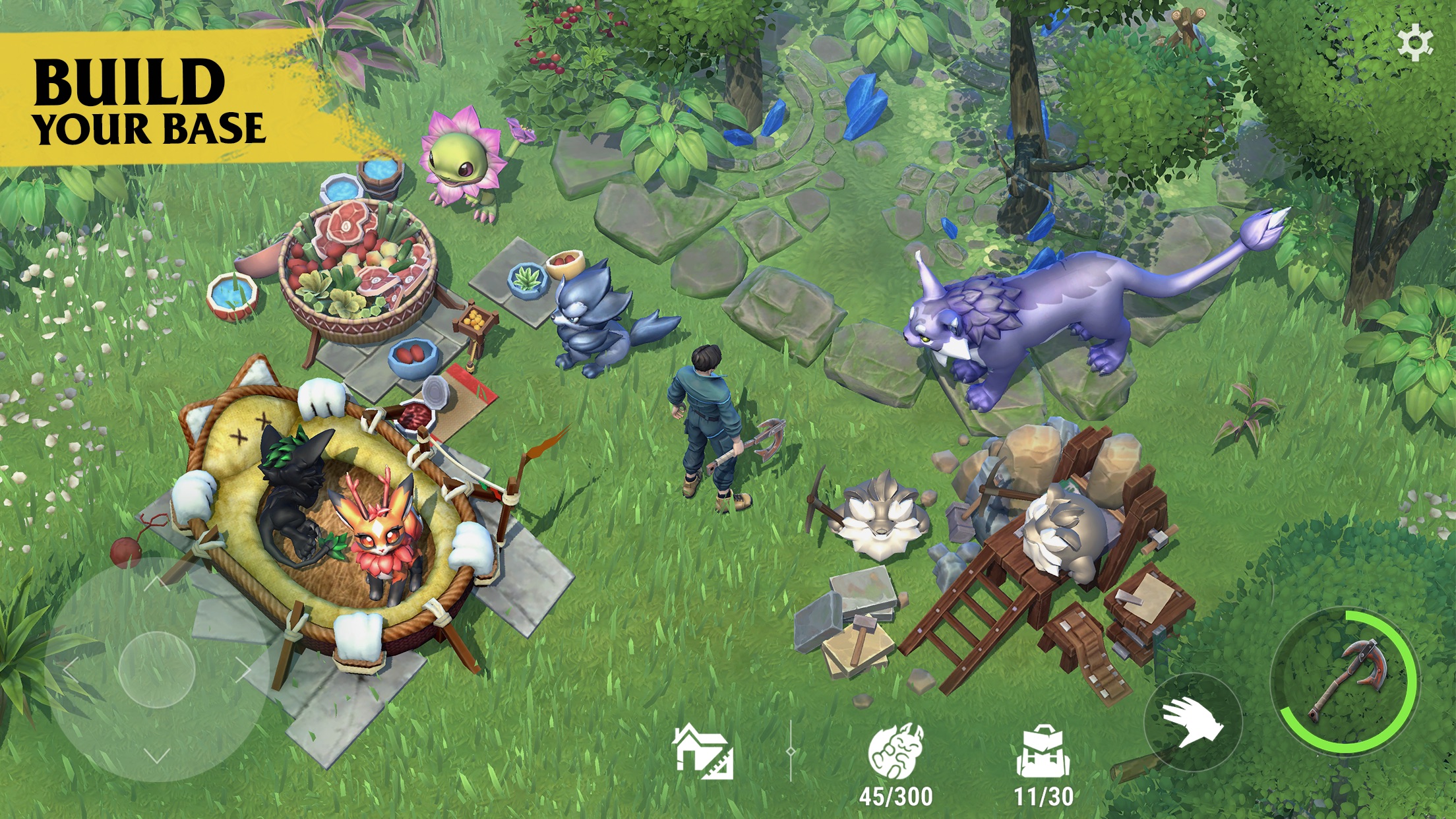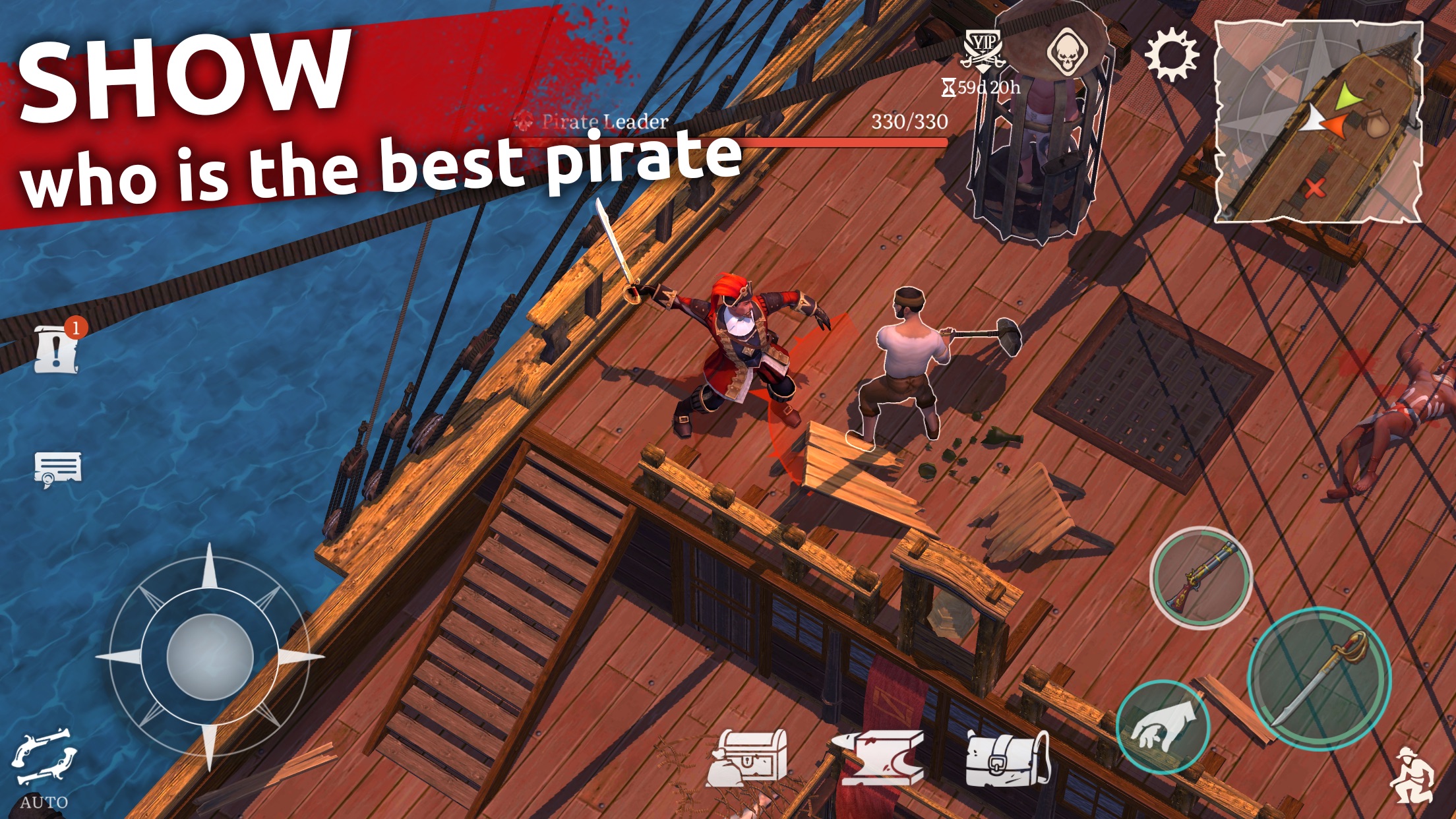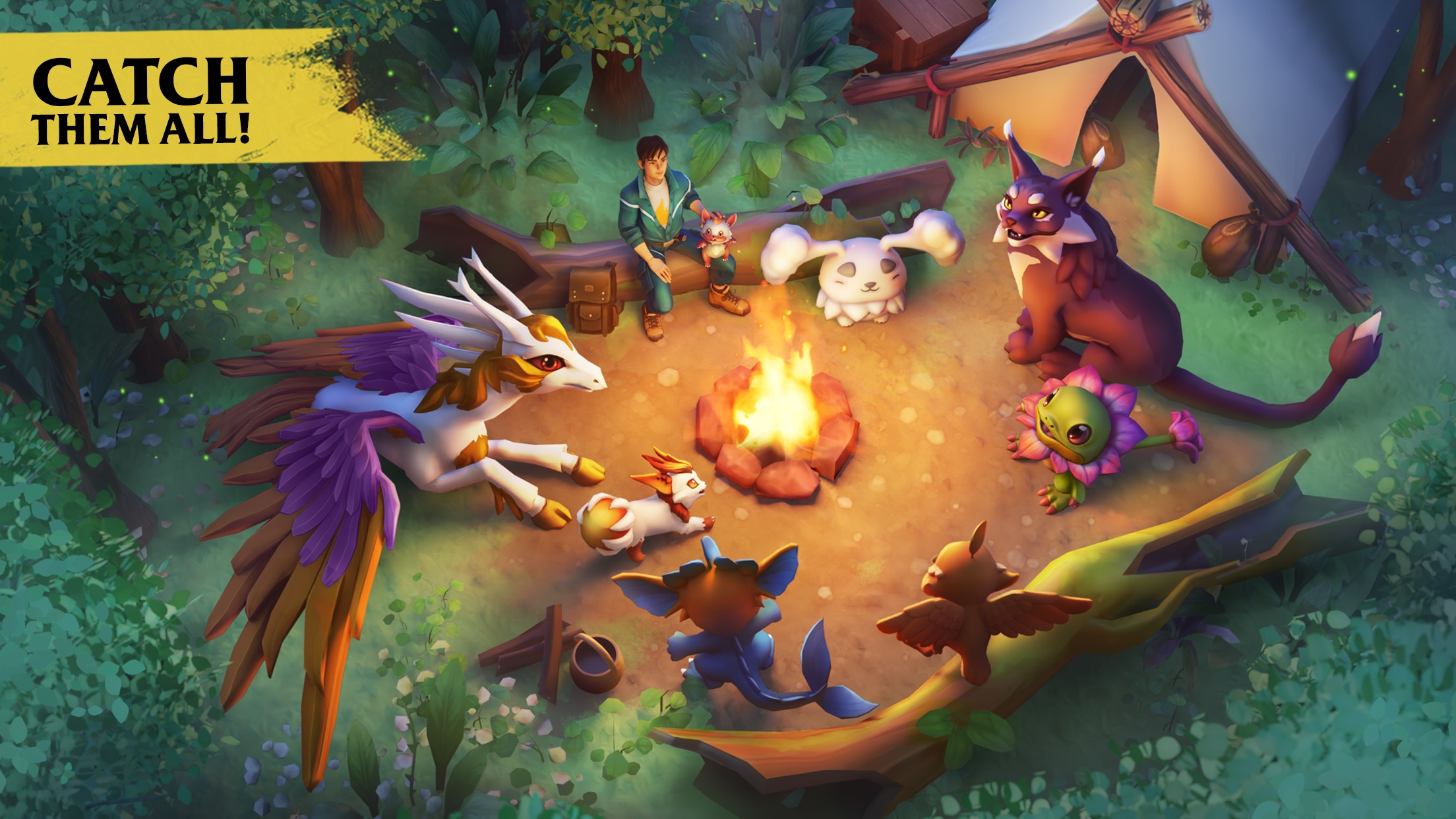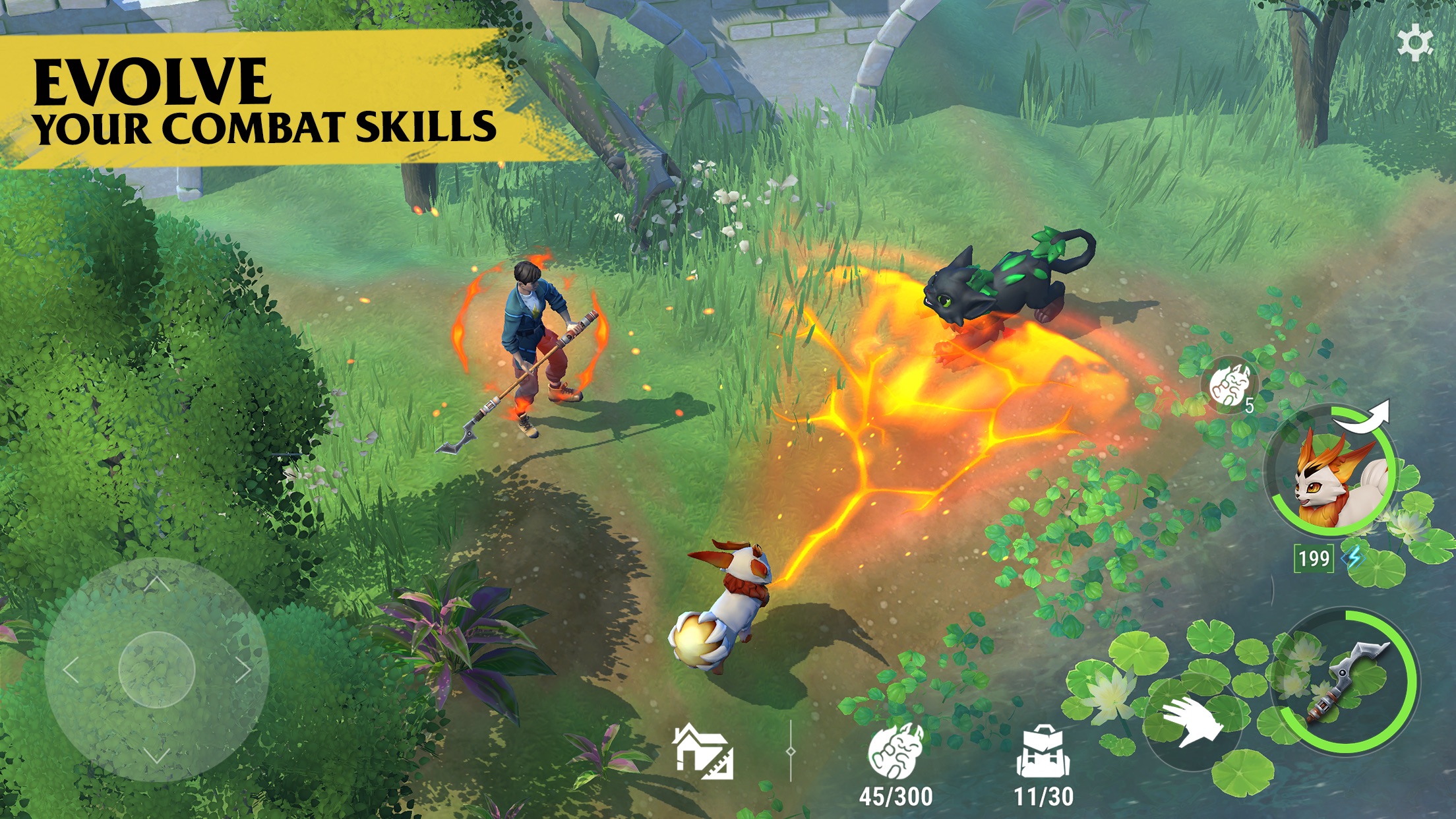"The main idea of the project is an isometric survival game with collectible pets," says Sergey Orlovsky about his new game Amikin Survival
On May 16, the global release of Amikin Survival, a new game from Helio Games, helmed by Sergey Orlovsky, took place. We got a chance to chat with him about the project's early results and the nuances of developing games in this genre.
Sergey Orlovsky
Alexander Semenov, App2Top: Hi! Congrats on the release of Amikin Survival. Is this already the third project from Helio Games under your leadership?
Sergey Orlovsky, Helio Games: Yes, the third.
How do you evaluate the launch? Are you satisfied with it?
Sergey: 300,000 organic installs in the first three days without buying traffic or featuring — in my opinion, that's an excellent result.
Am I correct in understanding that the game didn't go through a soft launch?
Sergey: Except for a week of testing in Brazil, there wasn't one.
Amikin Survival
It's usually expected to last much longer. Why did you decide to forego such a practice?
Sergey: We were in a hurry. We disregarded a huge number of development rules and an equally large number of operational rules. We did everything at maximum speed. As soon as we had a decent version, we immediately released it.
What was the reason?
Sergey: Currently, several similar mobile projects are being developed by major Asian publishers with practically endless resources. We could only succeed by releasing first, and that's what we did.
Let's talk a bit about the project itself. I understand it's based on Westland?
Sergey: Yes, with a mix of ideas from Mutiny, like characters working on a base, and several other projects on the market.
Mutiny
Overall, the main idea of the project is an isometric survival game with collectible pets. These pets play a crucial role in the game, taking on major tasks both in battles and in the economic aspects.
The difference between Amikin Survival and our previous games is that it's more casual. It has simpler mechanics from the perspective of classic survival but focuses more on exploration and adventures.
All three Helio Games projects belong to the isometric survival genre. It's clear that each has its own nuances. However, from the outside, they may seem similar. This begs the question, why do you and the team keep returning to this genre time and again? What's so special about it?
Sergey: Why do we stick to one point?
Yes.
Amikin Survival
Sergey: It's one of the few genres in the mobile market that I enjoy working on.
Mobile is the largest gaming market. It's good to work there. But there aren't many mechanics that interest me both as a player and a developer. I haven't played, don't play, and won't play most of the popular genres. I can spend half an hour for general development. That's all.
The exception is isometric survival games. The genre seems boundless to me in terms of development. Even though it's been around for about eight years in its current form, it still feels underdeveloped. There's so much more that can be done!
It allows for the harmonious blending of elements from completely different genres — RPGs, strategies, action games, idlers, collectible games, and many others.
In the first year of working in this genre, we came up with a variety of sub-genres and related mechanics. These ideas are enough for not just three, but dozens of projects.
When we see that the puzzle of product ideas aligns with the market, we quickly create a new game.
And there's no fatigue from the genre?
Sergey: To be fair, my first survival game could be considered “Cursed Lands,” which came out in 2000. So, you could say I have been involved with this genre for 25 years. It still fascinates me.
“Cursed Lands”
It’s deep, fun, but also complex to develop. The latter is a plus because it raises the entry bar. Thanks to this, there aren’t many competitors. Only a few.
Aren’t you afraid of cannibalizing your own projects?
Sergey: We haven’t observed that yet.
Again, it’s important to understand that Westland is a very old project. It’s seven years old. As such, it’s large and deep, with a well-established audience that’s very hard to lure away.
Meanwhile, Amikin is a very young project, still a baby. It doesn’t even have much of a mid-game yet. It has a lot of growing to do.
By the way, all three projects are made in a bright, cartoonish style. Why? I’ve always thought survival games were about something darker.
Sergey: First of all, I don’t like horror, dark styles, and other bleak themes.
Secondly, smartphone screens display bright images better than dark ones. Maybe it’s influenced by Cyprus. You’re lying on the beach under an umbrella, playing a game. If it’s dark, you won’t see anything — you’re playing black pixels against a background of very black pixels. It’s very difficult to play. And I like playing on the beach.
Thirdly, before creating any game, we test everything through marketing tests. The style we use shows the best CTR.
Amikin Survival
What size team developed the game?
Sergey: The core team consists of about 25 people. This doesn’t include outsourcing.
Isn't that too few for a midcore product?
Sergey: I believe the team should be small at the initial stage. 25 people are quite a lot. Otherwise, there's too much unnecessary bureaucracy.
Penultimate question. How do you assess the survival market situation?
Sergey: It's a segment that falls into upper midcore, between midcore and hardcore. The market is challenging because as platforms battle for privacy, targeting deteriorates. This mainly affects us — from midcore upwards.
As a result, it's tough to work in this market. Most games that enter this market die quickly. Only a few survive.
What would you advise teams that still decided to consider this genre?
Sergey: Don’t consider this genre, pass by it. There’s a very high barrier to entry and lots of pitfalls. Instead, come work with us!
Got it. Thanks for the interview and good luck with Amikin Survival!
